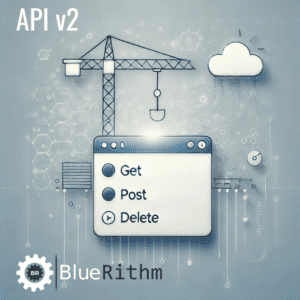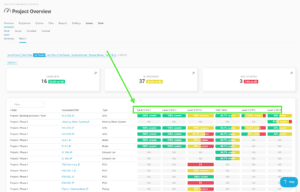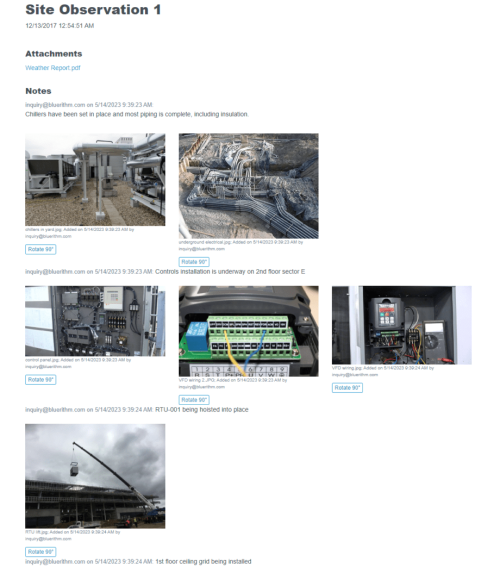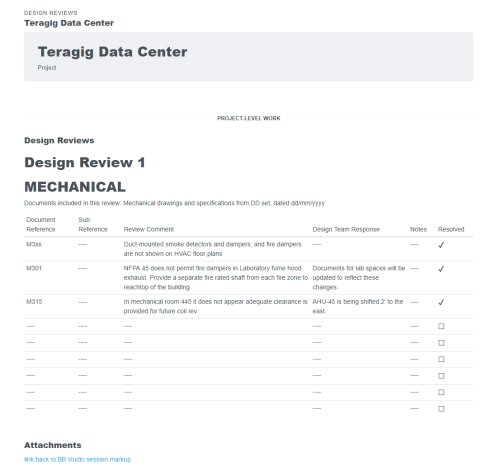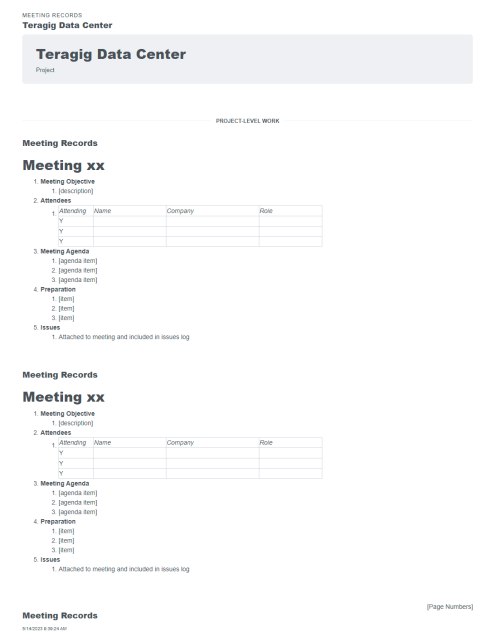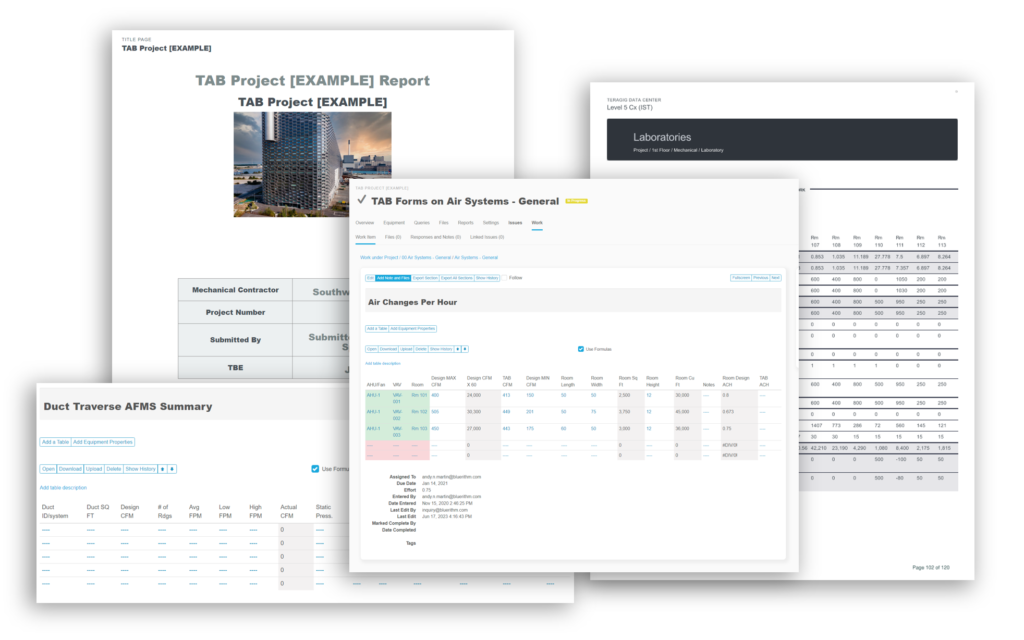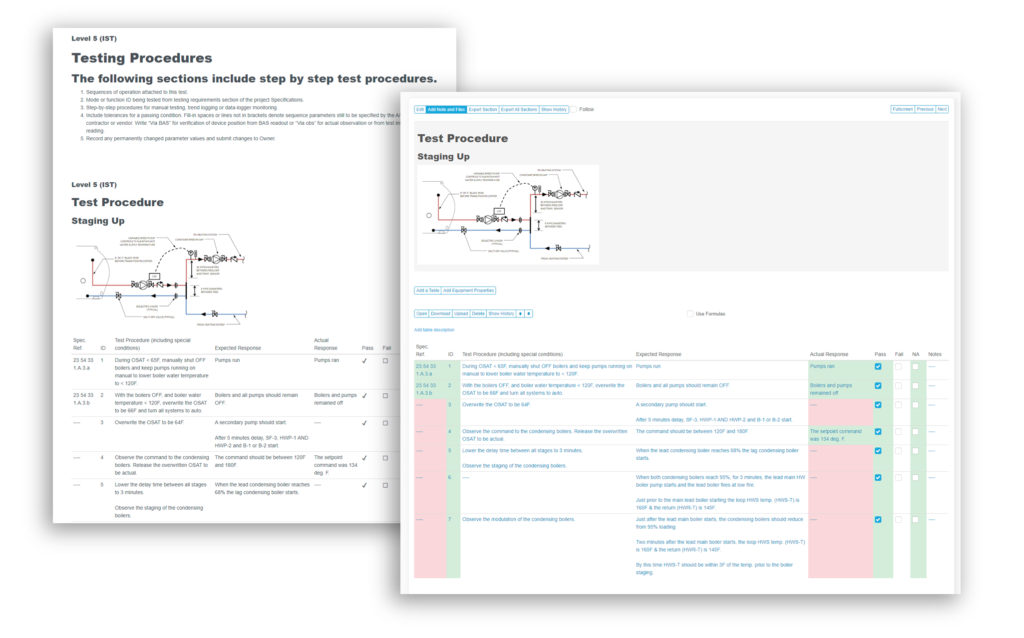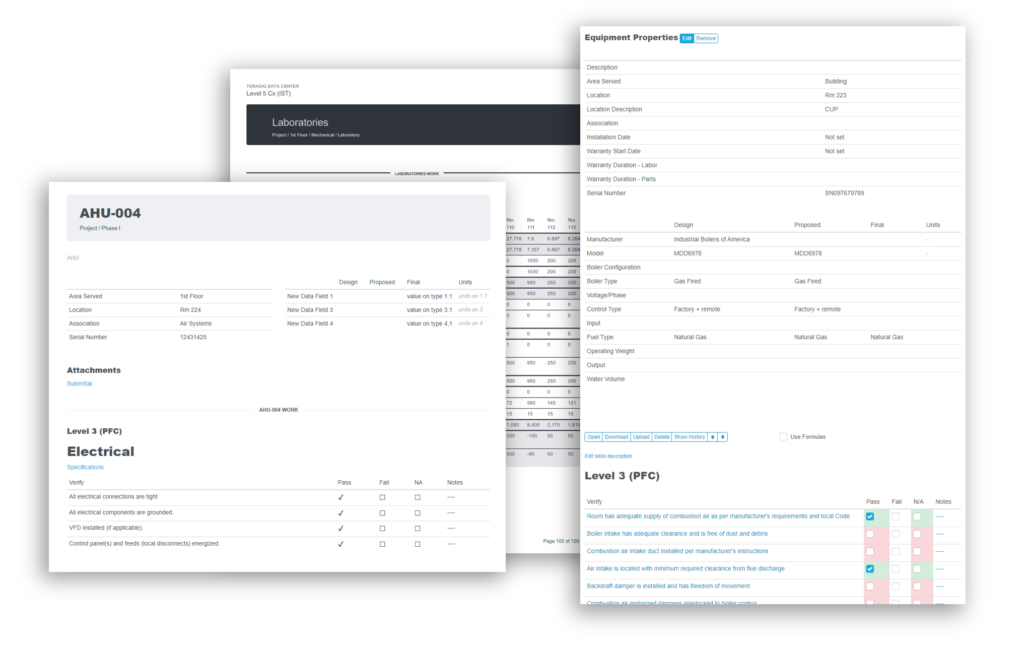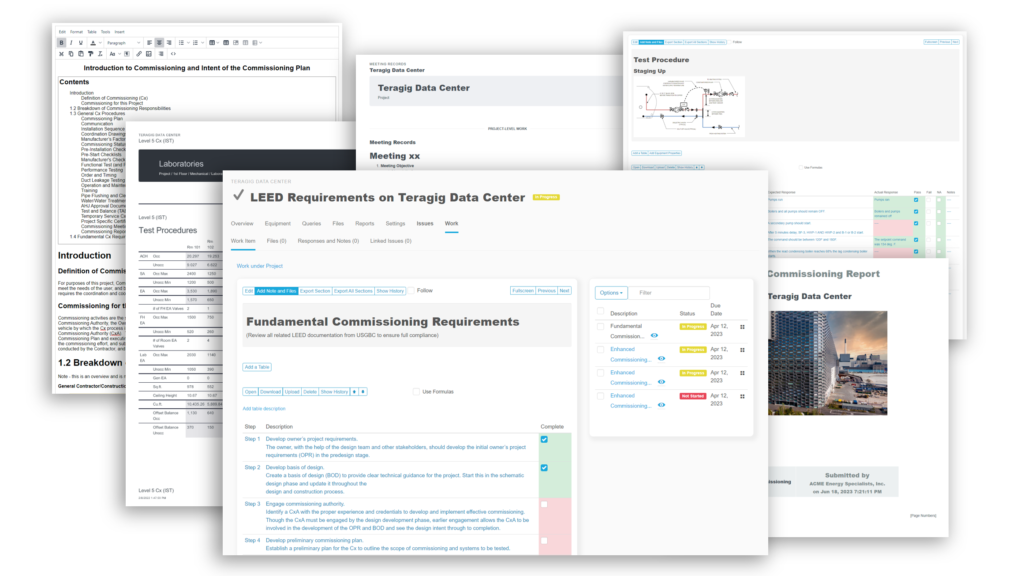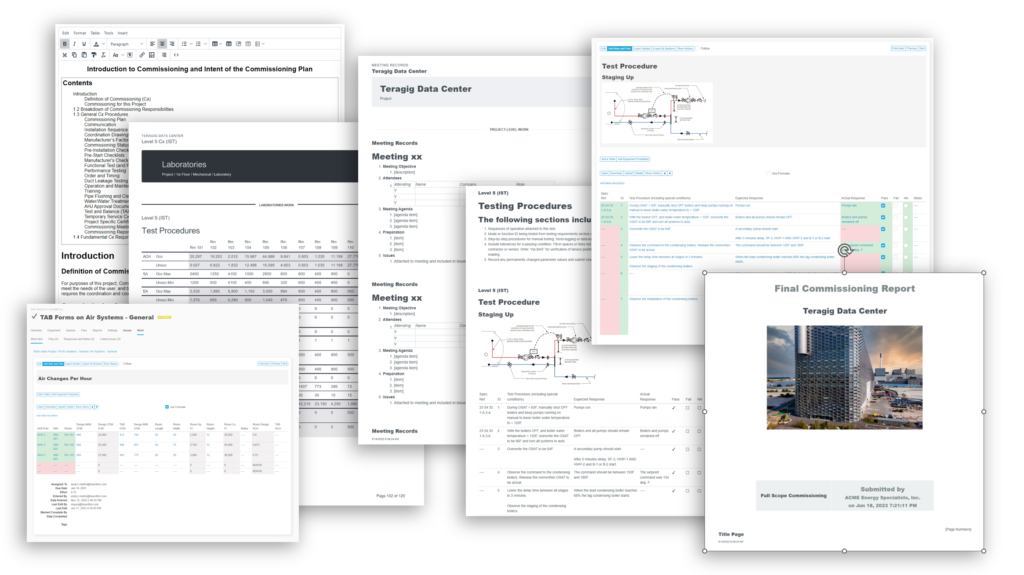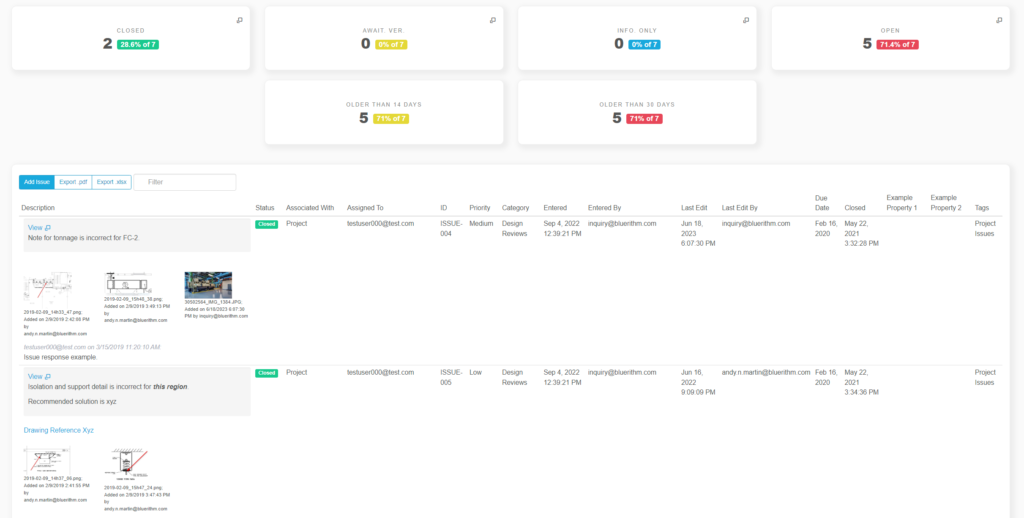Building commissioning services are provided by Commissiong or Cx professionals and engineers. Building owners and general contract managers employ their expertise to ensure that all of a building’s systems are correctly designed, installed, tested, and verified to be performing accurately and efficiently. The services they provide are critical to the health, safety, comfort, and livelihood of a building’s users.
What Is Commissioning?
Commissioning ensures that a building operates as the owner intended and that building personnel are trained in operating and maintaining its systems and equipment. The commissioning process should be initiated from the beginning of a project, ensuring the building functions as designed and all owner requirements are included.
Historically, commissioning was born out of the British naval tradition of setting ships off from port. When the vessel was ready, it was ceremonially released. This was a statement of the ship’s readiness to function as intended. Also, this was performed just before setting sail, meaning that all hands were on deck. Therefore, not only was the ship ready but all necessary equipment and personnel were in place, ready to perform their task.
A more modern analogy would be the planning and preparation an airplane undergoes before takeoff. An aircraft is designed and built with numerous interacting systems that maintain a continual check and balance of the plane’s equipment and functionality. These systems test and give feedback through a plane’s cycle to ensure it operates according to its specifications and regulations.
A slew of professional hours and expertise goes into designing and building a plane. And just as much work goes into maintaining and flying it after the plane is deemed ready for flight. Once it operates, a single airplane goes through multiple personnel inspections before, during, and after each flight. These inspections are visual, mechanical, and informational. Data is gathered and considered from many different touch-points and instrumentation to determine if the system is operating correctly and efficiently.
Similarly, buildings are also commissioned. Buildings require simultaneous operating systems designed, controlled, tested, and balanced by a host of engineers and technicians.
What Are Building Systems?
Every building is an ecosystem – which is another way of saying that it is a system of systems.
If you are an end-user of a building, like an employee, event attendee, occupant, or something similar, you’re mostly unaware of a building’s systems until something goes wrong. Unless you’re a professional or technician that works in an industry related to engineering, construction, or maintenance, your knowledge of these systems will be lower. Yet, everyone has had some experience with one or more of these, even if the circumstances were unfortunate.
So, what are some of the systems that commissioning providers must consider and plan for when implementing a new project?
- Building Envelopes – keeping the building sealed properly.
- Security – the flow of traffic and access in a building.
- Controls – a meta-system enabling command of various operations.
- Electrical
- Safety – such as fire, weather, or other catastrophic events.
- Lighting
- Mechanical – such as your heating and air conditioning.
- Plumbing
- Wastewater and sewer
- And many more.
These systems are intentionally designed from the ground-up of a new building’s construction. Every system must be assessed and evaluated to ensure that installation and functionality are correct each step of the way. Otherwise, severe and compromising problems can result – not to mention these systems are also heavily regulated and inspected by third parties.
Because these systems are complex, intricate, and interconnected, a specialized industry emerged to focus on them. The professionals working in this field are commissioning providers. However, you may see them doing business as commissioning engineers, Cx professionals, project managers, and many other variations.
Also, building commissioning requirements can be affected by the business vertical. Different business sectors can have specialized systems requirements. For example, a pharmaceutical GMP lab will require their building’s ventilation, waste, electrical, lighting, and HVAC systems to be designed differently than a data center.
New Trends: Buildings Are Changing, And So Are Services
Perhaps two of the most significant changes in building commissioning services we’ve seen in this generation are related to LEED Certification and cloud-based technologies. They’ve already had lasting, revolutionary impacts. But in some cases, their journeys are just beginning.
LEED certification
LEED is the acronym for Leadership in Energy and Environmental Design. LEED is a globally recognized green-building rating system that grew out of the sustainability movement’s influence on construction methods and deliverables. When a building is LEED Certified, it is designed and operated with a standard that produces healthy, holistic, and highly efficient structures and systems.
LEED’s new standard for building construction and operation has necessitated the corresponding specialization in the field that provides building commissioning services. As a result, some commissioning providers and Cx engineers now offer LEED Commissioning Services. These providers are specially trained as certified with a LEED AP credential and can work on LEED-registered projects.
Commissioning Software
However, with the emergence of SaaS (software as a service), which blossomed out of the digital and internet revolution, a paradigmatic change in commissioning services was instigated. SaaS providers are digital agents transforming actions and operations which once happened with pen and paper into new, integrated, cloud-based services.
Commissioning software is changing the commissioning process allowing building owners, Cx professionals, contract managers, and on-the-ground technicians and subcontractors to work in a way previously impossible. For example, with commissioning SaaS products, Like Bluerithm, every stakeholder enjoys complete live transparency into the project as systems are installed, documented, tested, and closed out. Documentation is integrated and available in one place, communication is real-time, and every stage of the project can be audited with information easily accessible.
At Bluerithm, we view these developments changing the building commissioning process and services as positive forces in the industry. Additionally, the synergy between LEED certification and SaaS products like commissioning software is evident as both generate less waste, more efficiency, better visibility for problem-solving, and integrated operations.


